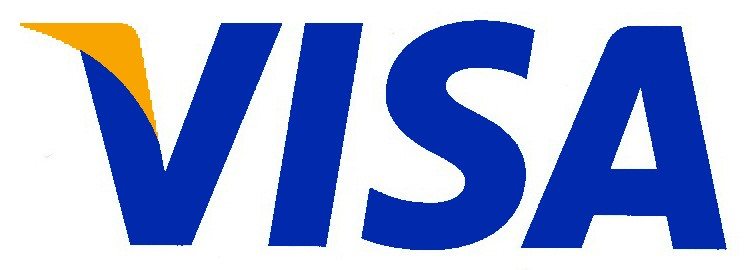Visa (NYSE: V) stock is trading at $81.73 per share, up 0.17% or $0.14. At current prices, the stock has a market capitalization of $171.67 billion with a price/earnings ratio of 32.29. The next earnings date for Visa is Thursday, 2 February 2017. The 52-week trading range of the stock is $66.12 on the low end and $83.96 on the high-end. If we turn our attention to the quarterly performance of Visa since Q4 2015, some interesting trends are apparent. For starters, Visa stock has outperformed expectations in successive quarters.
Based on the NASDAQ earnings surprise history of Visa, consistent single digit gains have been made since December 2015. For the fiscal quarter ending in December 2015 and reported on 28 January 2016, Visa generated a 1.47% positive earnings surprise. For the fiscal quarter ending in March 2016 and reported on 21 April 2016, Visa generated a 3.03% earnings surprise. Fast-forward to June 2016, the stock generated a 2.99% earnings surprise and by September 2016, the earnings surprise increased to 6.85%. Based on these trends, traders are anticipating a positive earnings surprise in February 2017. This will invariably raise the stock price.
What are the Consensus Recommendations for Visa Stock?
Various analyst firms monitoring the performance of Visa have weighed in on the recommendation rating for the stock. Of the 24 analysts polled, 17 of them rated Visa as a strong buy, 3 as a buy and 4 as a hold rating. Thomson Reuters analysts are equally bullish on the stock, and they have assigned a 1.9 recommendation rating on a scale where 1.0 is a strong buy and 5.0 is a sell. The analyst price target for Visa stock is $94.55 per share, $13 higher than the prevailing price. So by all accounts, Visa is a bullish equity and higher interest rates in the US are going to drive the stock to greater profitability.
This blue-chip stock is certainly one that investors will want to have in their portfolio. However, there are some headwinds for the company and they come from the top down. In October 2016, the chief executive officer of Visa Inc., Charlie Scharf made a shock announcement that he would be resigning effective December 1, 2016. The reasons cited for his sudden departure was a desire to spend more time with his family. Visa’s board wasted no time appointing Alfred Kelly Jr. – a former American Express executive – to replace Charlie Scharf. However, the new CEO is not going to find it all plain sailing. Under Scharf, Visa saw a meteoric rise in its stock price from $35 per share to its current level. In just four years, the stock had appreciated by 115%. Fueling the rapid rise in the stock price was business growth across multiple segments. In 2012, Visa generated revenues of $10.4 billion with some 2 billion credit and debit card holders. Fast-forward to 2016, and Visa’s revenue grew to $15.1 billion (up 45%) with 2.5 billion debit and credit card holders. Visa is widely regarded as one of the best credit cards on the market, with a smattering of interest-variable cards tailored to customer preferences.
What challenges will Alfred Kelly face with Visa?
Visa Europe cost the company $23.4 billion, and Visa is anticipating 2% – 3% earnings during the first year of the acquisition. By 2020, Visa Inc. is expecting 8% or 9% earnings excluding all transition costs. Visa must work hard to secure deals with many other banks and financial institutions including Lloyds Banking Group PLC, Barclays PLC and the Royal Bank of Scotland Group PLC.
Visa is building an online presence, and its digital wallet will allow for cardless transactions to take place. All that is required is a username/password combination with online retailers through the digital wallet. The program currently has 1,400 financial institutions on board, 300,000 merchants and 15 million Visa card members. The Visa business model is highly profitable and has wide-ranging appeal. Alfred Kelly will have to navigate all of these hurdles if he is to position Visa ahead of MasterCard in the digital arena.
Then there is the issue of China. In 2015, the State Council of China opened the door for Visa and MasterCard to start operating in the country. Strict regulatory constraints must be adhered to, such as 1 billion CNY registered in a local Chinese company, or based in a local business according to Chinese law. Visa is still awaiting its domestic license to operate in China. China estimates that $8.4 trillion worth of transactions are conducted with credit cards, and this industry is dominated by China UnionPay Company. Naturally, Visa will want to crack into that lucrative market.





